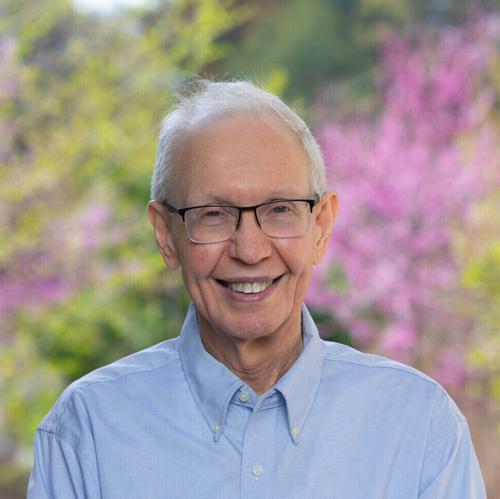
Philip Hirschhorn
Professor of Mathematics
An algebraic topologist who works on homotopy theory in model categories, localizations of model category structures, and homotopy limit and colimit functors.
Professor Hirschhorn is an algebraic topologist who works on homotopy theory in model categories, localizations of model category structures, and homotopy limit and colimit functors.
Education
- B.S., CUNY Brooklyn College
- Ph.D., Massachusetts Institute of Technology